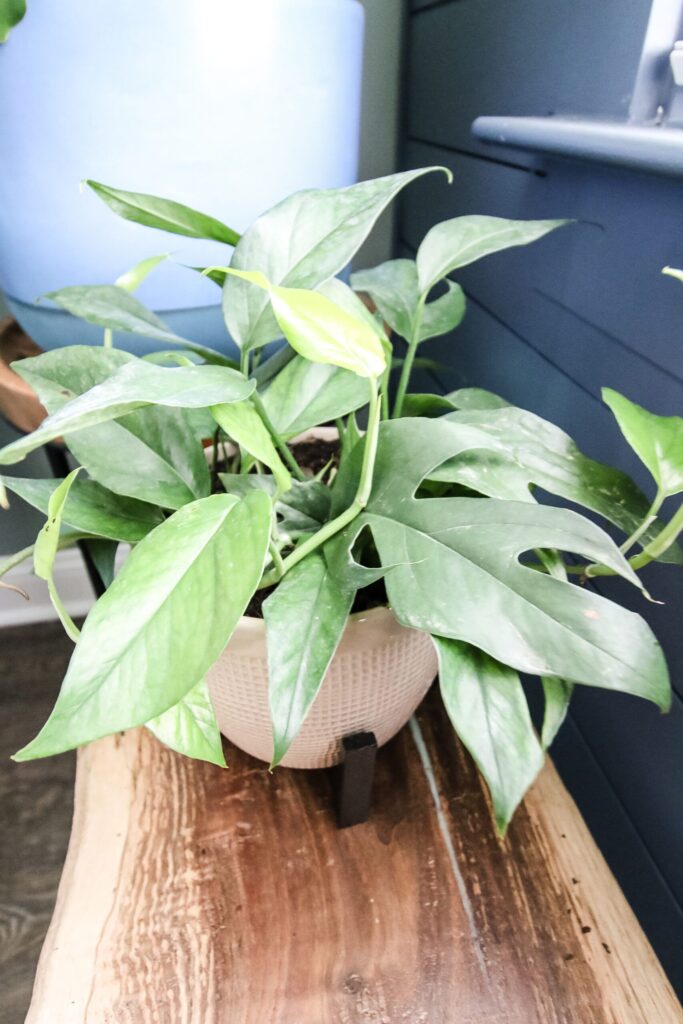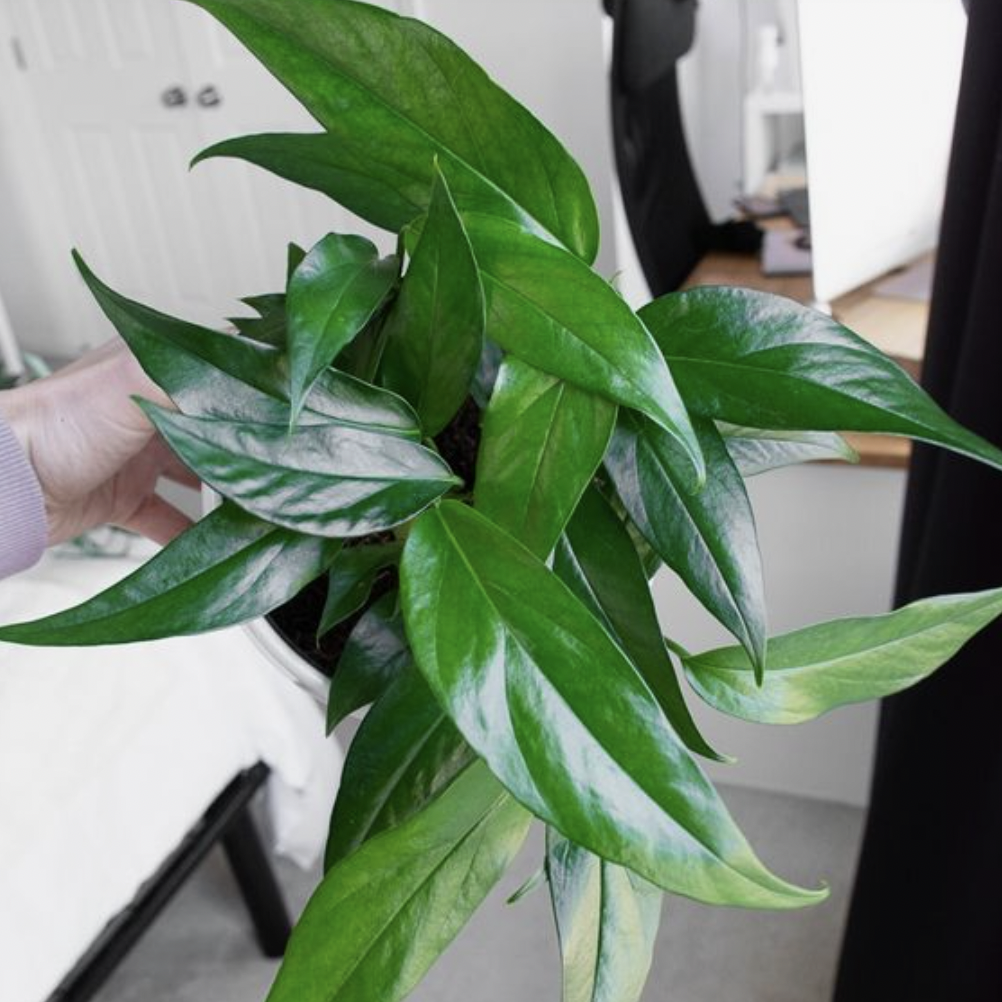Welcome to our comprehensive care guide for the Baltic Blue Pothos, a beautiful plant with a unique coloration that can add a touch of elegance and sophistication to any space. If you're looking to add some greenery to your home or office and want to learn more about how to properly care for this plant, you're in the right place. In this guide, we'll cover everything from the ideal growing conditions to common issues you may encounter when caring for your Baltic Blue Pothos.

Ideal Growing Conditions
The Baltic Blue Pothos, also known as Epipremnum pinnatum 'Baltic' or 'Cebu Blue,' is a tropical plant that is native to Southeast Asia. It thrives in warm and humid environments, making it an ideal indoor plant for those who live in cooler climates. When it comes to light, this plant prefers bright, indirect sunlight, but can also tolerate low light conditions. Direct sunlight can scorch the leaves, so it's best to avoid placing it in direct sunlight.
Watering
One of the most important aspects of caring for your Baltic Blue Pothos is proper watering. This plant requires consistently moist soil, but can be susceptible to root rot if overwatered. It's recommended to water your plant once a week, or whenever the top inch of soil feels dry to the touch. It's important to make sure the soil has proper drainage to prevent water from sitting at the bottom of the pot.
Fertilizing
To keep your Baltic Blue Pothos healthy and vibrant, it's important to fertilize it regularly. During the growing season, which typically runs from spring to fall, you should fertilize your plant every two to three weeks using a balanced, water-soluble fertilizer. During the winter months, you can cut back on fertilizing to once a month.

Pruning
Regular pruning is essential to keep your Baltic Blue Pothos looking its best. As the plant grows, it may start to become leggy or sparse. To promote bushier growth, you can pinch back the tips of the stems, which will encourage new growth. You can also prune any yellow or dead leaves to keep the plant healthy and looking its best.
Common Issues
While the Baltic Blue Pothos is generally a hardy plant, it can be susceptible to a few common issues. One of the most common issues is root rot, which can be caused by overwatering or poor drainage. To prevent root rot, make sure your plant is in a pot with proper drainage and avoid overwatering. If you do notice signs of root rot, such as yellowing leaves or a foul odor, you may need to repot your plant in fresh, well-draining soil.
Another common issue with the Baltic Blue Pothos is pests, such as spider mites or mealybugs. These pests can be treated with a mild soap and water solution, or with neem oil, which is a natural insecticide.

In conclusion, caring for a Baltic Blue Pothos requires attention to detail and a little bit of patience. With the proper growing conditions, watering, fertilizing, and pruning, your plant can thrive and add a touch of natural beauty to your home or office. Remember to keep an eye out for common issues and address them promptly to keep your plant healthy and vibrant.
Garlic: cultivation and maintenance in the open ground in spring!
How to pour orchids in expanded clay?
